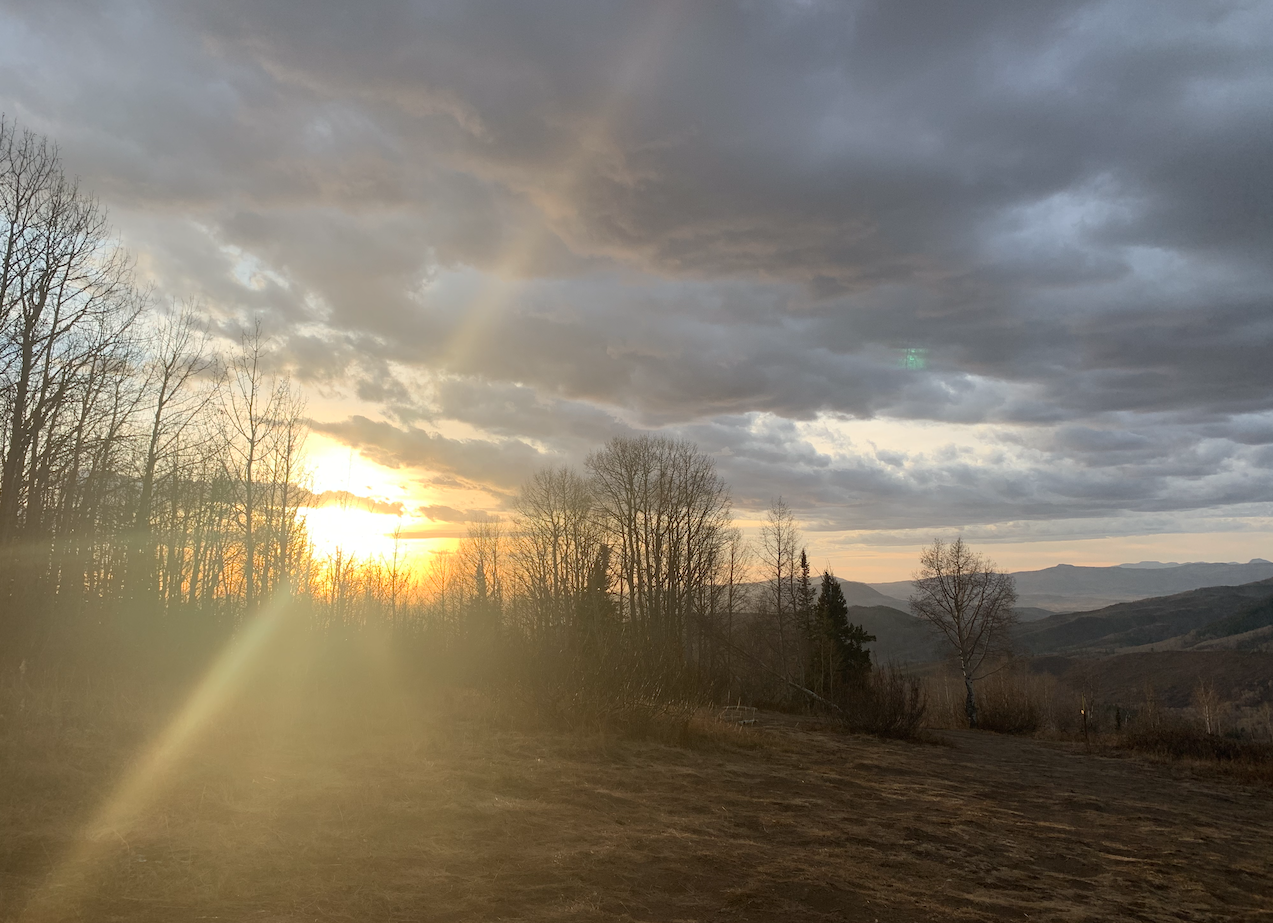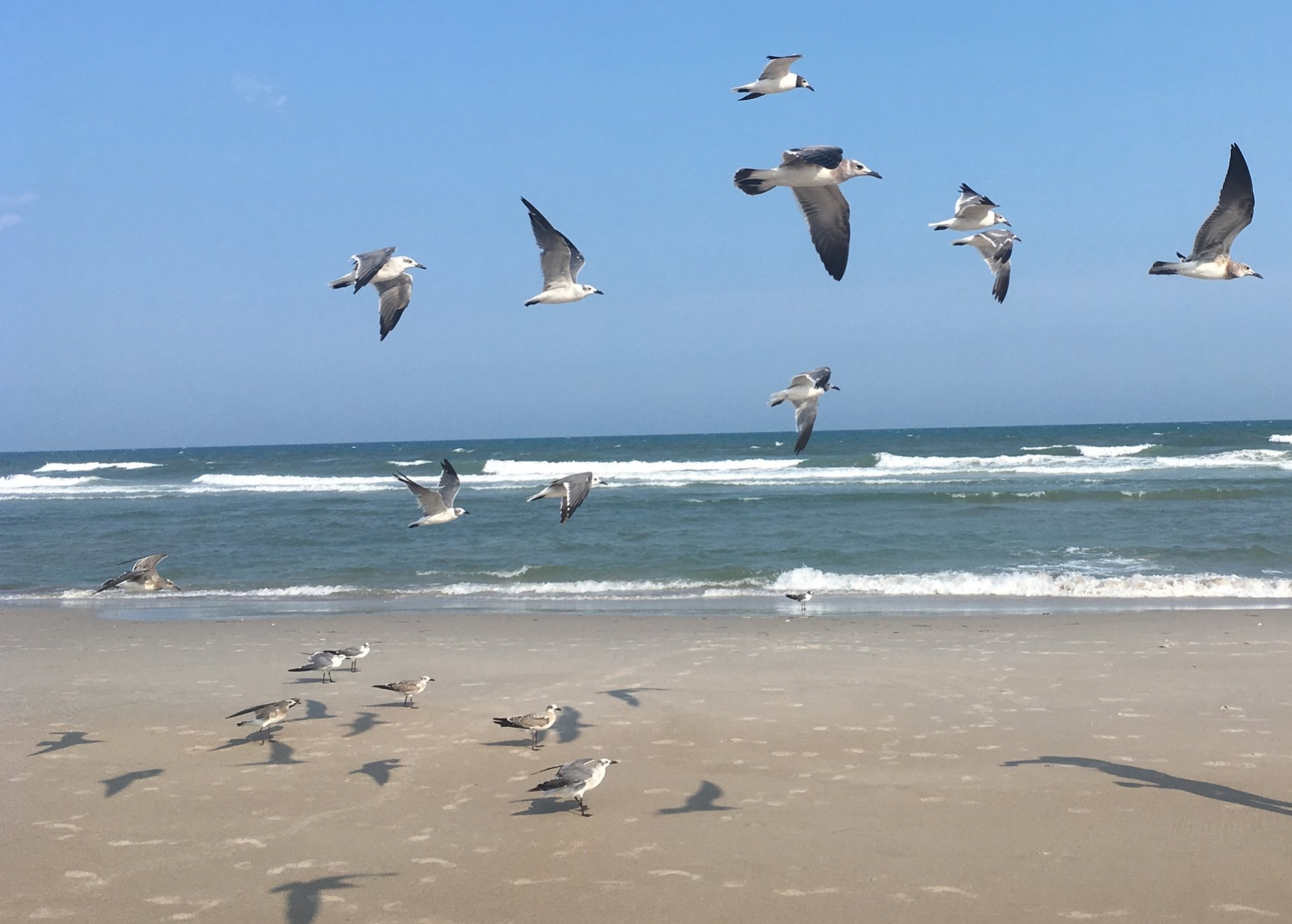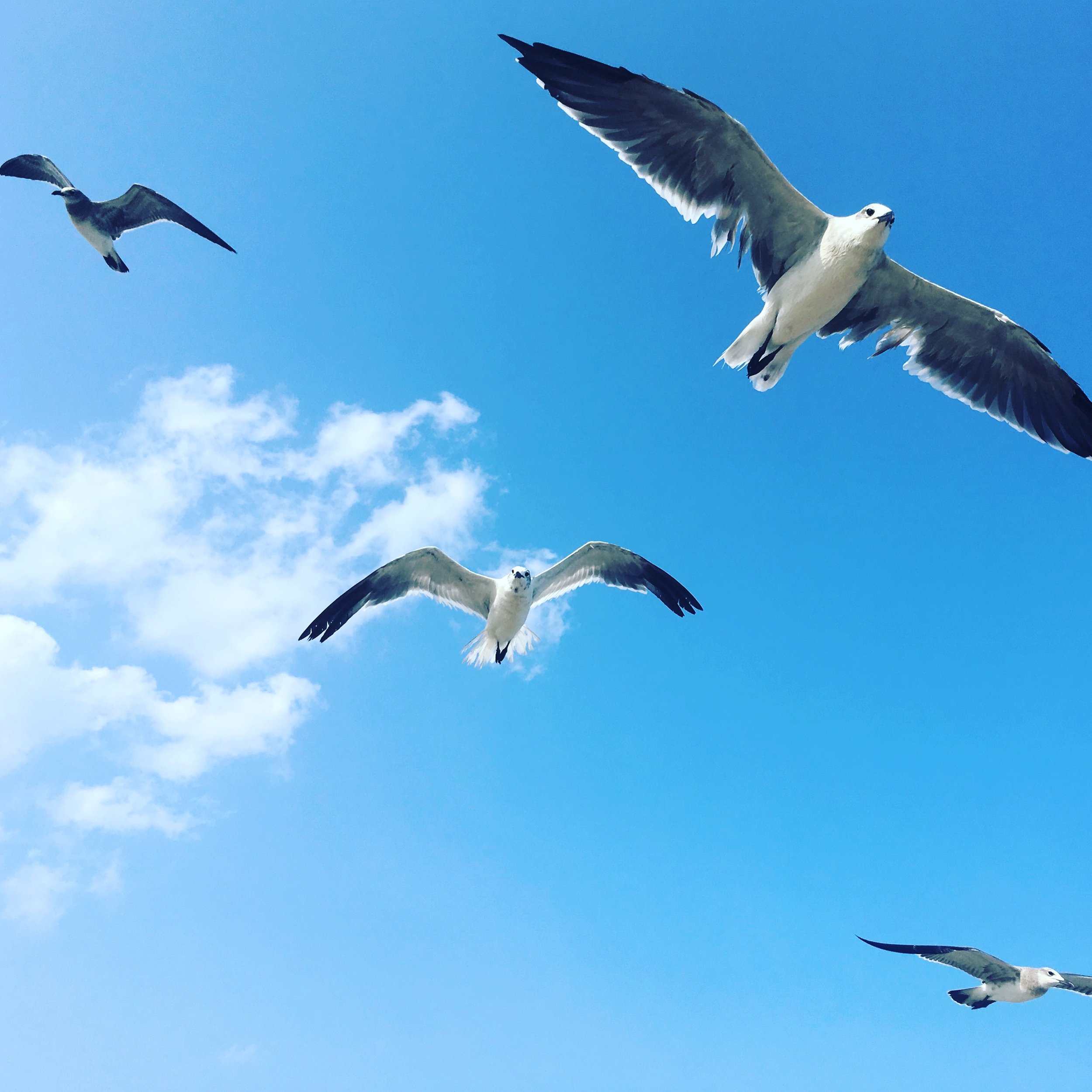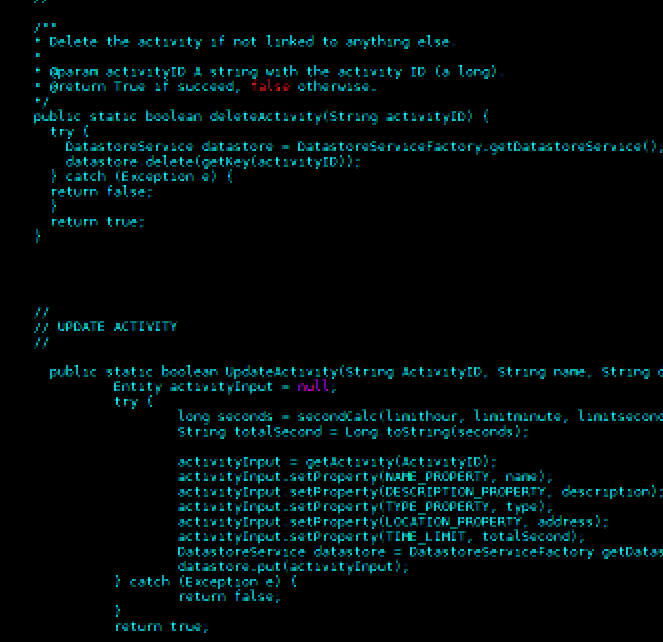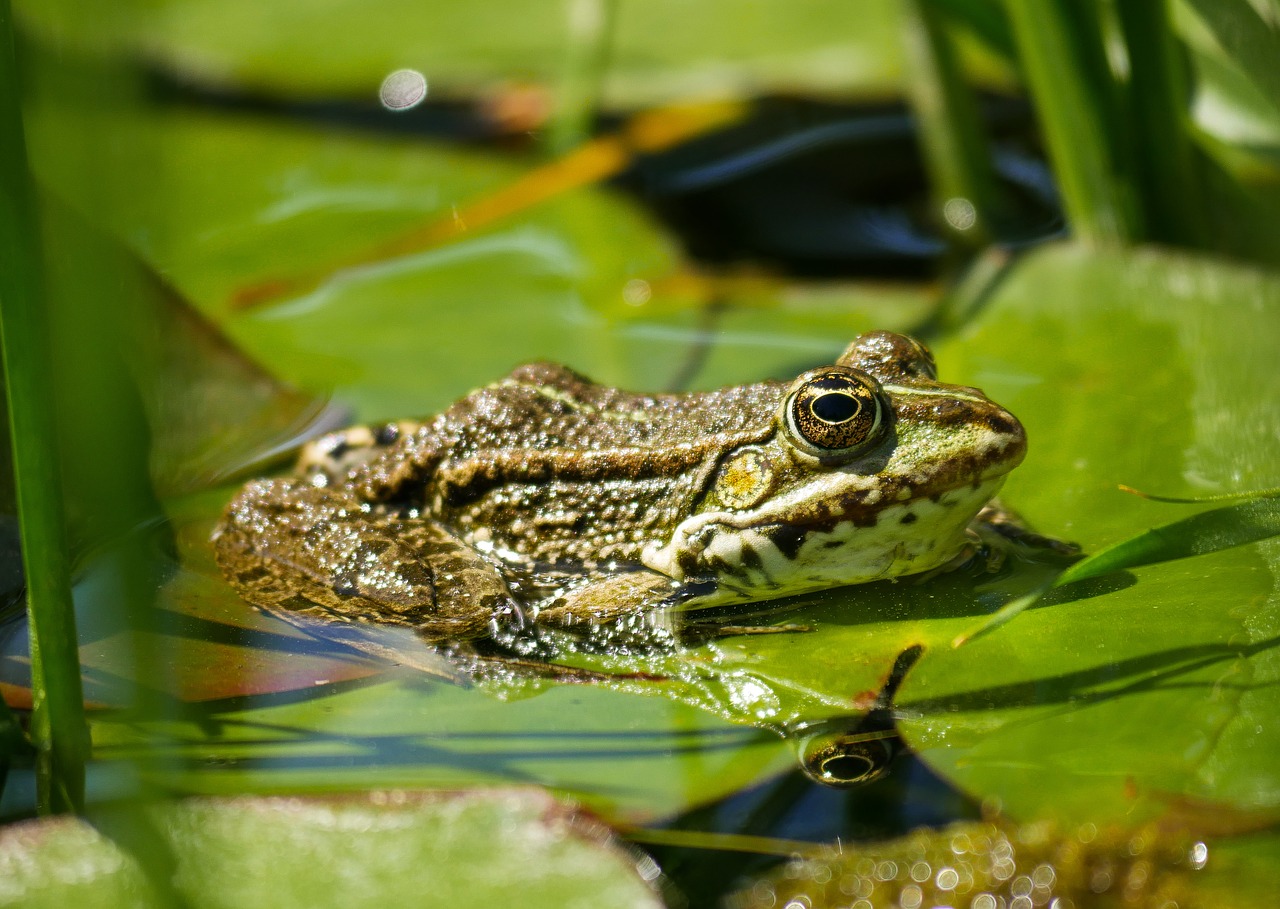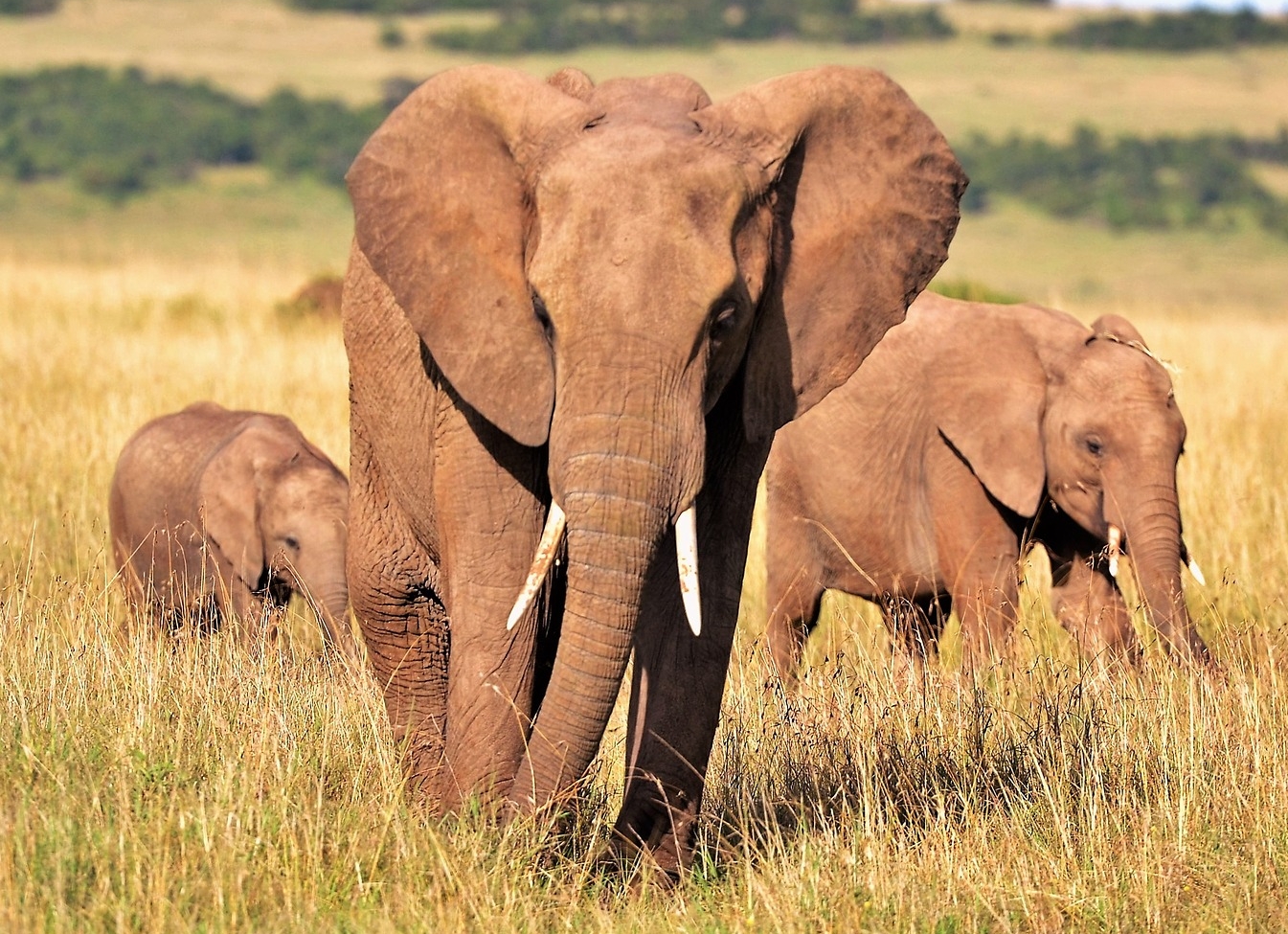So much of writing a book is quiet, solitary work. You sit back in your office (or bedroom if you’re me) and type out words about imaginary people for weeks, months, years… But now that I have a book that’s actually going to be out in the world, there’s some exciting work to be done to get the word out.
And as much as my writerly self would choose to hide in the closet rather than talk about, well, me, this bit of work is actually cool. Because it means that me and a bunch of YOU get to have some fun.
Right now, I’m pulling together a launch team. Aka, a group of people who want to get a free, early copy of CROW FLIGHT, and help it fly into the world.
And there are more perks than just a free book - I’ll have other fun giveaways to share, and we’ll stay connected as a group, which will be plain ol’ fun.
What’s a launch team?
A launch team is a group of volunteers who are willing to help announce the release of CROW FLIGHT. Basically, you’ll read the book, write a review on Amazon and (if you want!) spread the word through your circles - whether that’s on social medial, on a blog, or simply to your friends.
See, everyone’s doing it. Come join us!
Who can apply for the launch team?
Anyone! I realize it’s a big ask, but if it interests you or if you’d like to get a behind-the-scenes look at what a book launch is like, definitely give it a shot. I promise this will be easy and fun.
What DO I do?
1. Read the book. Hooray!
2. Tell people about the book (on social media, in your circles of influence) for a few weeks surrounding the launch (12/11/18).
3. Post a review on Amazon or your favorite bookseller’s website.
What Do I get?
A free advanced digital copy of the book and an insider’s look at what’s involved with marketing a book. Did I mention I’ll also be sharing some fun giveaways? And I will be FOREVER GRATEFUL for your help!
How Do I Join?
CLICK HERE to join. You’ll be asked a few simple questions, just so I can contact you and get to know you.
Thanks so much for your consideration. It means so much!!!

